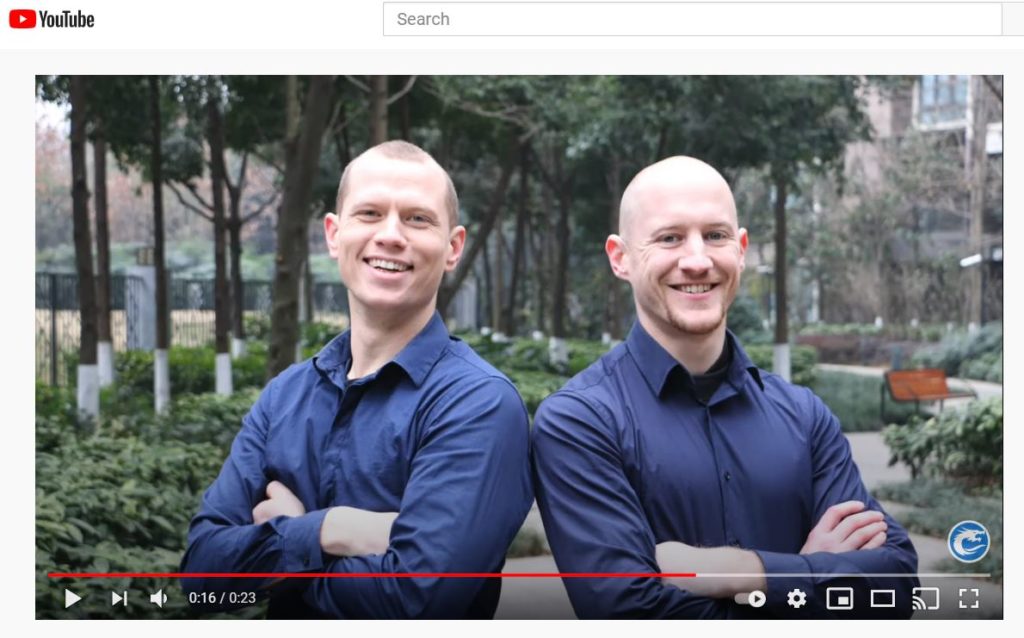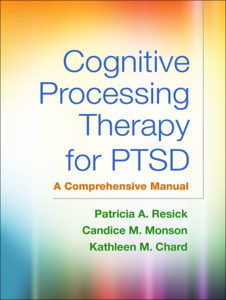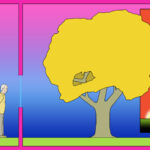One purpose of research is to determine what helps most people, most of the time, better than other ways, and better than nothing.
One of the most effective therapies found by research to help people regain freedom from trauma symptoms is Cognitive Processing Therapy (CPT). CPT offers a sequence of 12 sessions, the first 6 of which are considered fundamental. If trauma symptoms abate, use of the protocol can be ended at any point in the sequence.

Addressing trauma can feel like too much. At the same, time, the sequencing of the CPT sessions can feel like too little, too slowly, especially if sessions are scheduled once per week. The founders of CPT suggest twice per week sessions as optimal and posit that all 12 sessions might be held in an intensive session, perhaps two days over a weekend. The intensively scheduled sessions might feel like too much, and they would also be enough, and all at once.
Some of the indirect learning and support that in-person CPT counseling sessions offer is missing from telehealth sessions, especially during the stress of a pandemic. With clients’ input, we have discovered that a) assistance with emotion regulation, b) a sense of progress outside of assessment scores, and c) an overview of the process, all in straightforward language, are needed.
Since I define terms and provide links to the content in this post elsewhere, I have provided few links here but have included a list of related resources at the end of the post.
“Inner wisdom” is our in-house term and adaption of “Wise Mind,” a component of the “States of Mind” concept from Dialectical Behavior Therapy (DBT) invented by Marsha Linnehan, Ph.D. In sum, the guidance of one’s “inner wisdom” would result from awareness of one’s thoughts and feelings – the content of one’s mind and heart – and from accessing emotion and cognitive structures and functions in the brain.
The content below is expressed in first person. The second person “you” can be perceived as directive and unhelpful.
What do I get from therapy for trauma?
I gain freedom and power.
If something troubling happens today, I am able to kindly – and without judgment – help myself with it.
When a troubling feeling or thought occurs, I can say, “Well, of course you would be feeling that feeling or thinking that thought, given what happened.” In doing so, I perform a profound act of compassion for myself.
What is the process by which one engages in therapy for trauma?
At essence, my intention is to be able to help myself with whatever is happening, whether it be an interior state or an external circumstance.
What is meant by “help myself”?
Help would begin with, kindly and respectfully, becoming aware of my feelings and thoughts and, thus, become able to access my inner wisdom wherein my knowledge, life experience, and skills reside.
Then I would use any or all of these meticulously acquired skills, in potentially most useful order:
- Adjust the volume on my inner intensity through self-soothing and attention-shifting so I can regulate the emotion centers of my brain and thus free my prefrontal cortex to think things through.
- When I become aware I am replaying the trauma in my mind or dwelling on intrusive thoughts, I very gently shift my attention, often to something that engages my senses and/or accesses my inner knowing. I’m aware that rethinking is like using flashcards to train myself to memorize what alarms and distresses me.
- If I am thinking some form of, “Who am I, who I am not, and what did I do or not do to cause this?”, remind myself that reality is complex and dynamic and very little can be definitively identified as causal.
- Remind myself that the “just-world hypothesis,”* however unsupportable, is based on my very human longing for things to make sense.
- Remind myself that it’s usually my humanity that wishes things were different AND that to increase my chances of effectively helping myself with a current reality, I’ll need to use a reality-based approach.
- Ask myself, “Do I have any self-care deficits going on? What can I do to buttress my ability to engage in the awareness process? Do I need food, water, to move a bit? What can I do to help myself feel more steady and strong?”
- Identify feelings and differentiate between natural, primary feelings, and thought-generated, secondary feelings.
- Ask, “What thoughts am I thinking that might be causing my feelings?”
- Among my thoughts, identify and differentiate between facts, beliefs, and hypotheses. (“Hypotheses” are posited to be reality-based vs. belief-based statements generated by one’s inner wisdom that may be truthful, if not verifiably factual.)
- Identify problematic patterns of thinking, particularly the “just-world hypothesis.”*
- Ask useful questions about my thinking (from an individualized set of questions derived from CPT’s Challenging Questions Worksheet).
- Among these questions, ask, “Is there any feeling here that I’m trying not to feel? What is it? Is there any reality here that I’m trying to not think about? What is it? Am I doing something to try to not feel or think? What realities do I need to approach rather than try to protect myself from?”
- Accept that humans are not given predictive powers. One’s own actions might have made things better…and they might have made things worse. There is no way to know.
- Ask, “Am I thinking in ‘if-thens’? Am I thinking, ‘If only I __________ or if only they __________’?” If so, I recognize I’m thinking I can know the complexity of reality and predict which factors would change which outcomes. I realize I’m just trying to think my way out of feeling sad. I give myself a hug for wishing things could be different.
- Then I do activate my prefrontal cortex. It helps me regulate emotions now. I’m also working it like a muscle to increase its power to help me in the future.
- Assess probabilities. Start by asking, “What are the odds? 50-50?”
- Ask, “What opposites are both true?”
- Do a cost-benefit analysis with rank ordering.
- Acknowledge family-of-origin issues (FOOI) that may be playing a role in my thinking process, give them a nod but little time, and shift my attention to my hard-won, individually identified values and priorities.
- Ask myself, “Let’s say I’m given 100 years on this planet. How would I want to spend them? How about the next 100 minutes? Is this to what I want to give my time? Might I have given this due time?”
- Ask myself, “Given these cards I’ve been dealt, how do I want to play them?”
- Devise strategies based on my values, priorities, and skills-informed, inner wisdom’s guidance.
- Ask, “I’ve consulted my inner wisdom. Is there anyone I might consult who is likely to honor the nuances of withholding judgment, fostering my independence, all the while offering commentary?!”
- Make a judgment call and execute the strategies.
- Accept outcomes as the best I could do at the time given the data and resources I had.
- Return to the opposites-are-both true dialectic of consolidating gains to foster stability AND opening myself to possible instability as I gain new insights and grow.
- Continue to monitor beliefs that oppress from without and from within. Become aware of familial, cultural, and societal beliefs that may be so deeply held that they are nearly invisible. Differentiate between those in which I willingly participate to organize society and those that limit me. Jettison the unhelpful beliefs that I can and shift my attention to my values, priorities, and inner knowing.
*”The just-world belief holds that good things happen to good people, that bad things happen to bad people, and that the world should be a fair and just place. This belief emanates from the desire to find an orderly, cause-effect association between an individual’s behavior and the consequences of that behavior…this is a hard-wired, evolutionary need of humans to predict and control events in order to survive.” (CPT manual, page 65) Further, the just-world hypothesis holds that hard work will be rewarded, bad deeds will be punished, “things happen for a reason,” “what goes around comes around,” and that self, others, and the world should be controllable, orderly, and predictable. In contrast, reality is complex and dynamic. Some occurrences are unforeseeable and have no discernible origin, causality, meaning, or explanation. Ultimately, it is compassion for humans and their aching hearts that is merited.
- Here is a list of providers of CPT.
- Here is our overview of online CPT.
- Here is our CPT session outline.
- Here is our in-house CPT guide and glossary which includes a comprehensive definition of the “just-world hypothesis.”
- Here is our main CPT page which includes links to self-guided training.
- A description of the CPT Enrichment Group for people interested in, engaged in, or having completed CPT is here.
- Here is the description of the CPT group.
Last updated 5/21/21
The views expressed are my own. This content is for informational purposes only and is not a substitute for medical or professional advice. Consult a qualified health care professional for personalized medical and professional advice.


 I experienced such significant trauma symptom reduction myself from being taken through the protocol by clinical psychologist
I experienced such significant trauma symptom reduction myself from being taken through the protocol by clinical psychologist 
